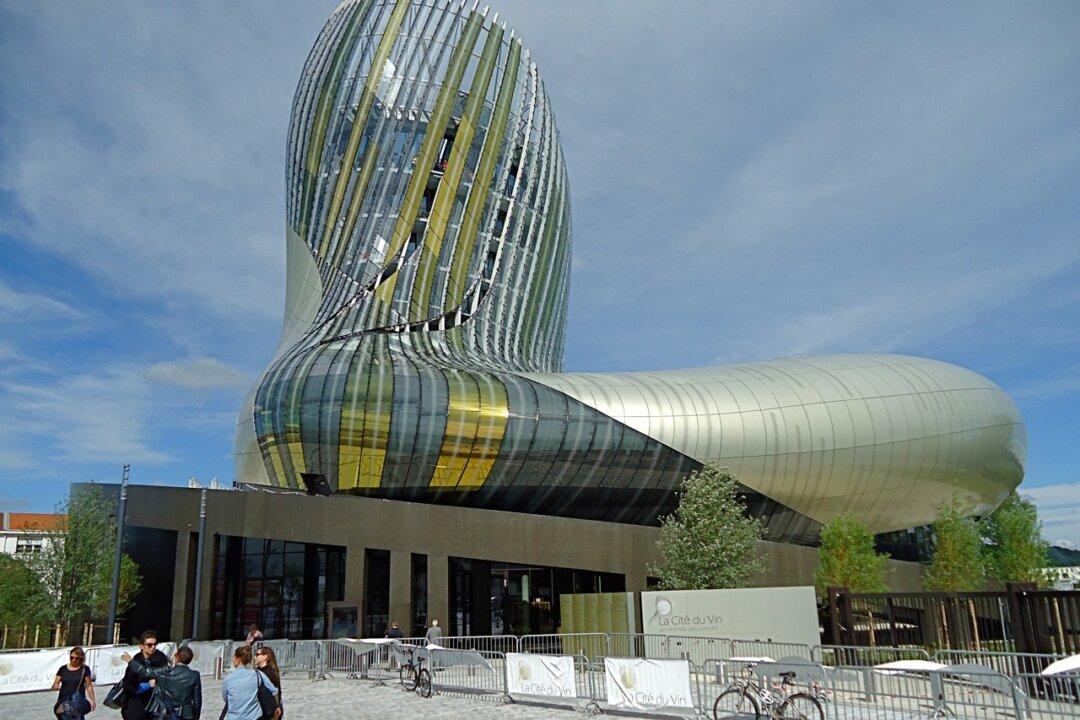If there’s one thing that’s synonymous with France, it’s wine.
This spring, an ambitious new installation, Cité du Vin, opened in Bordeaux. Intended to “promote and share the cultural, universal, and living heritage that is wine,” this innovative complex rises like a gleaming metal and glass spaceship from the banks of the Garonne River. It stands 55 metres tall and houses 10 floors devoted to the grape.
As a lover of French wine, I made a recent pilgrimage to visit this new travel destination with a few stops on the Southern Wine Road along the way.
What better way to travel from Paris to the south than on a high-speed Rail Europe TGV train? It was the railroads that first facilitated the movement of wine production from southern France around Europe and helped spread its reputation throughout the world.






